St Andrews residents have voted in favour of keeping extended pavement areas in the town’s South Street – but only just.
The widened pavements, or build-outs, on the key shopping street have been a source of controversy in recent months.
In November last year, Fife Council began a consultation to find out what residents and other visitors to the town thought about the changes, which were made during lockdown.
Fife Council has now published the results of the survey.
Almost 60% voted to keep some or all pavement build-outs
The results said 46% of respondents were in favour of keeping all of the changes. While 42% of those who responded wanted to the street put back to the way it was before the pandemic.
Around 58% of people who filled in the survey voted in favour of keeping at least some of the changes.
The findings have delighted some key figures in the town and angered others.
Tony Waterston is the chairman of campaigning group – St Andrews Space for Cycling club.
“I think the results will be very valuable for the future, because they were very positive about a number of things.
“I think it was a positive report for walkers, cyclists, the disabled and people with buggies, but it will still allow cars to come and go.
“I think there has always been the impression that people in St Andrews don’t want any change, and that the majority were against a reduction of parking spaces. But this shows that that isn’t an overwhelming view.
“I think many other people are attracted to the idea of the wider pavements and the ability to freely walk up and down without it being very crowded.
“It will make it more pleasant generally, slow down the traffic, and provide more cycle parking. And if it’s a more pleasant place, people may decide to leave their cars behind.”
He added: “I hope that the council pays a lot of attention to this and follows it through.”
What bits of South Street do people like the best?
In the consultation, The Criterion extended pavement space was the intervention most used by those who filled in the survey.
However, the extended pavement at Janettas was voted the most liked.
In addition:
- 184 people called for more parking spaces
- 47 suggested the street become for pedestrians only
- 20 called for the build-outs to be extended for the whole length of South Street
- 38 people pointed to the need for more disabled parking on South Street
Many said traffic and parking needed to improve, however.
Eric Milne is the owner of Fisher & Donaldson bakery in St Andrews.
He previously expressed frustration at lack of parking spaces on South Street.
“We have a different kind of population in St Andrews. People come here to retire,” he said.
“Some of them are cyclists, obviously, but the bulk of them are getting older and older. They want to still support the town centre but they’re being forced elsewhere.
“People don’t come into towns to sit on the benches and walk around the streets and look at nice drain covers, streets or signage. They come for the shops – you have to protect the shops.”
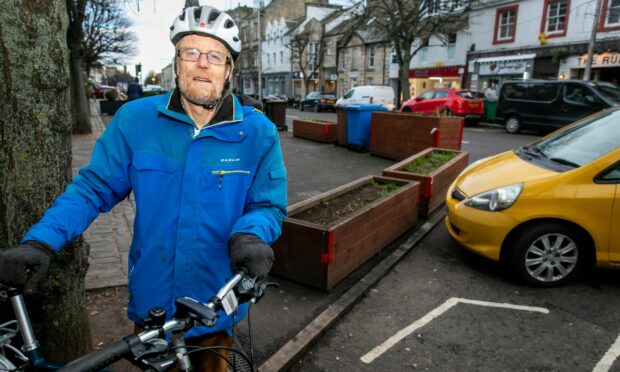
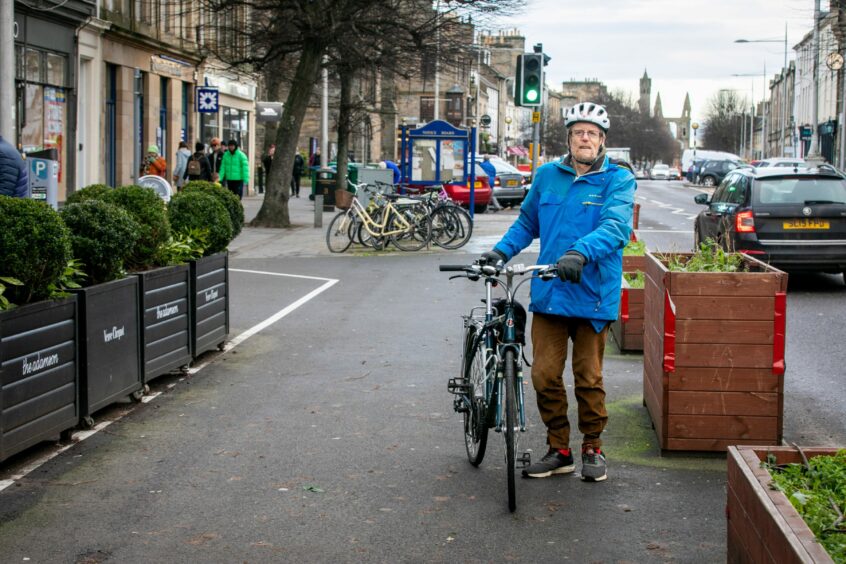
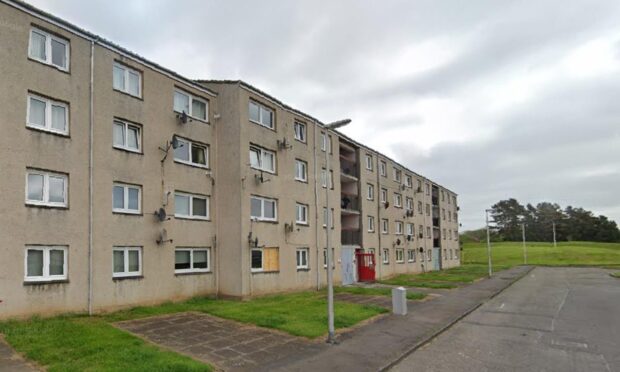
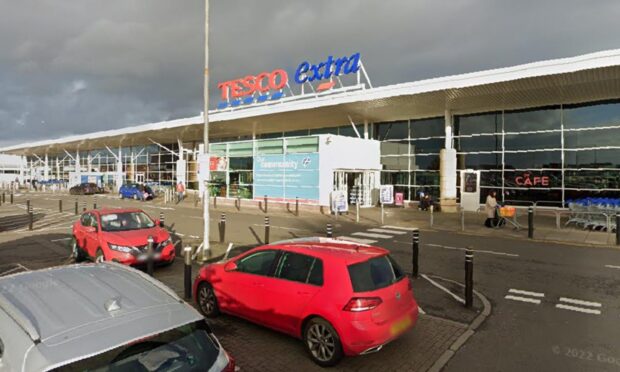

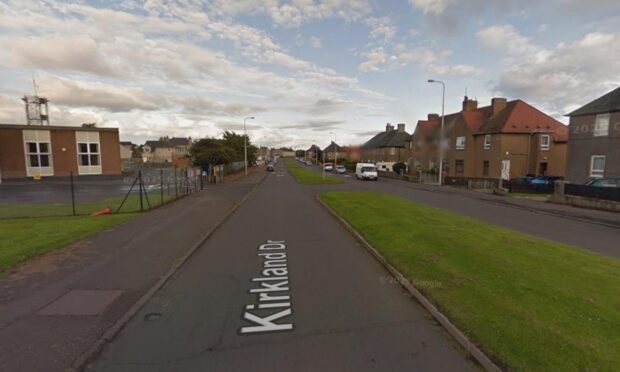

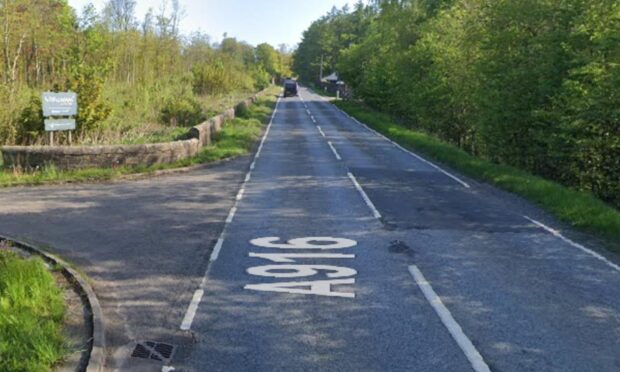
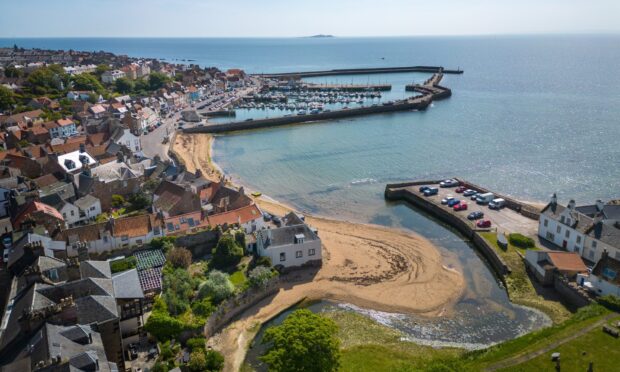

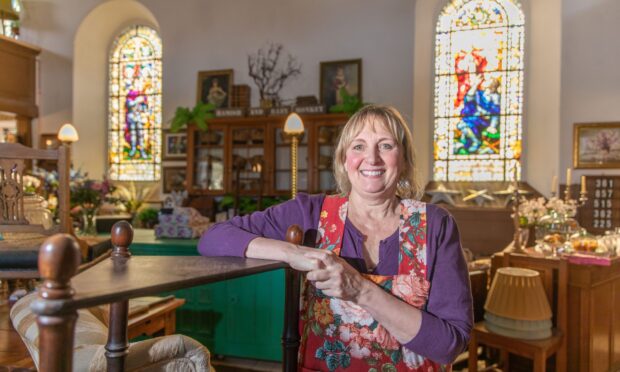
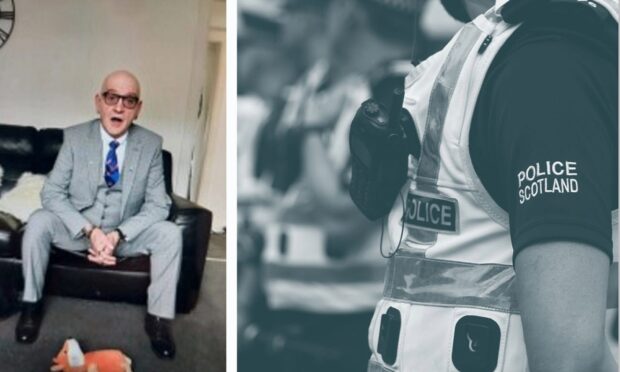
Conversation